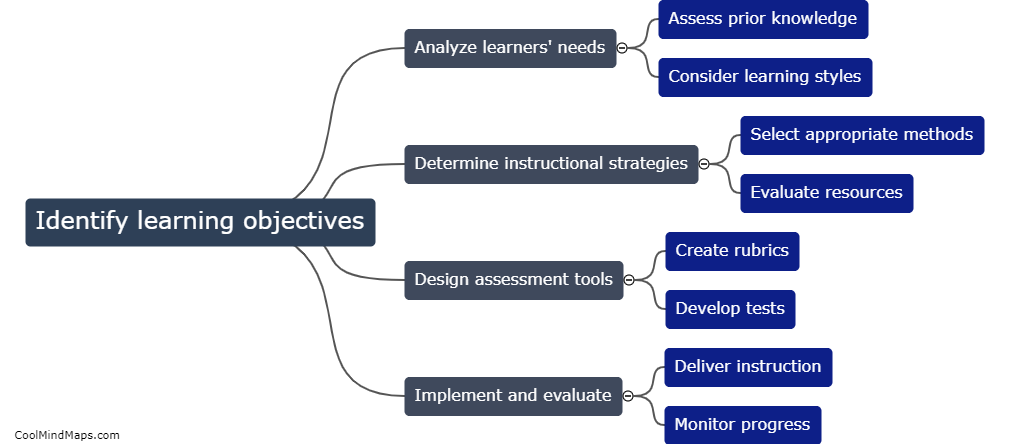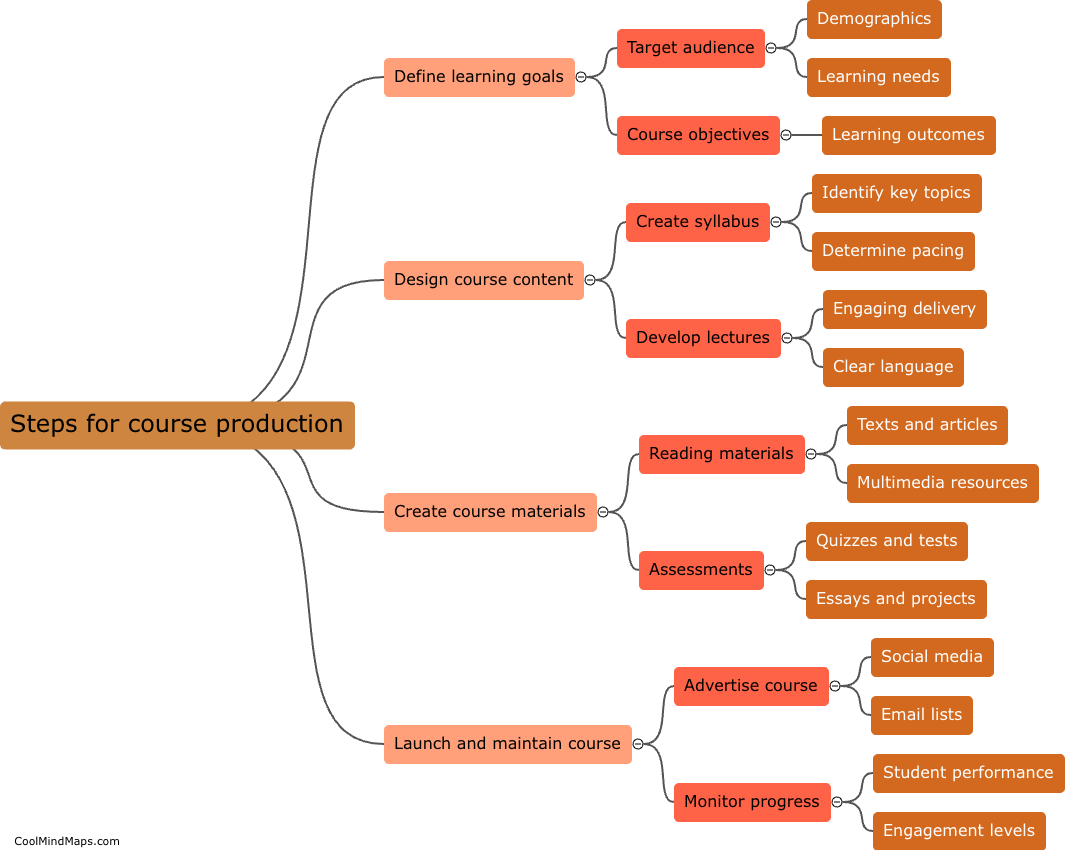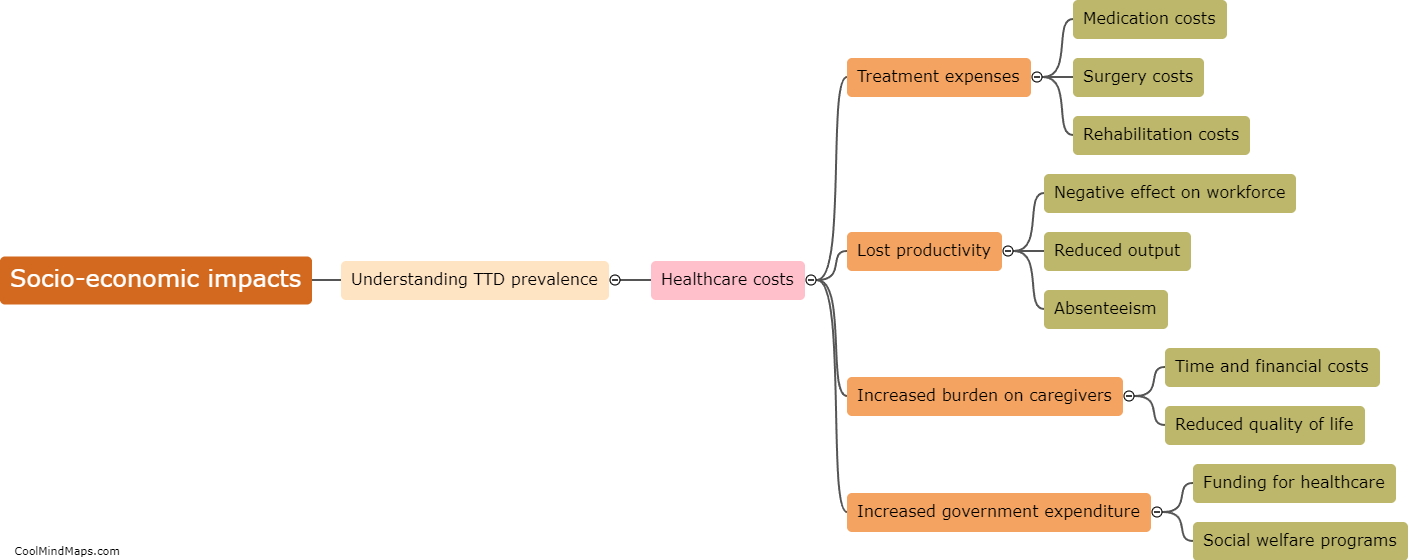What public health implications come with studying TTD prevalence?
Studying TTD (Trichothiodystrophy) prevalence could have several public health implications. TTD is a rare genetic disorder, but understanding its frequency and distribution could help identify areas with a high concentration of carriers or patients. This knowledge could aid in determining where to focus public health resources to ensure appropriate screening, diagnosis, and treatment interventions. Additionally, studying the prevalence of this disorder could help researchers understand the underlying genetic mechanisms and potential environmental factors that contribute to its development. This information could ultimately lead to the development of new therapies to treat TTD and other related genetic disorders.

This mind map was published on 25 June 2023 and has been viewed 108 times.











